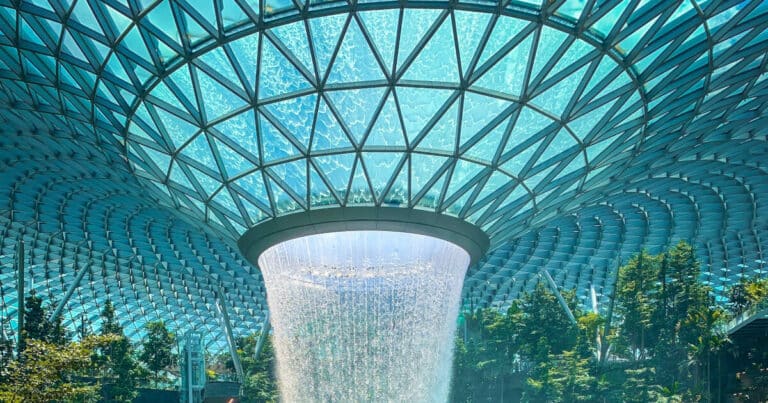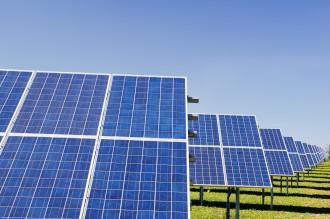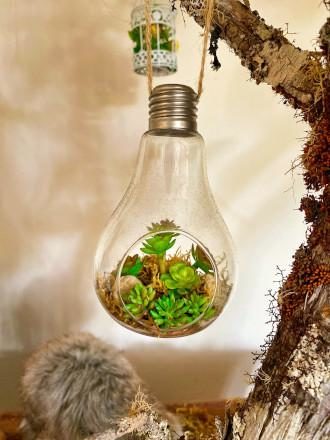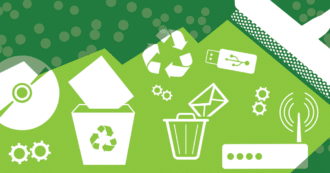By Aryeh Ronay – “Everything is designed. Few things are designed well,” said Brian Reed. Sustainable design is a way of designing well, by creating with the sustainability of the product and the planet as a top priority.
Our greatest inspiration for sustainable design can come from the various indigenous communities who built their society by using local materials, minimizing waste and designing with an eye towards future generations.
By contrast, the typical business sources materials from wherever they are cheapest in the world, creates as much waste as they want and designs with an eye towards maximum profits. Modern industry can also design with sustainable design as a priority. We’ll see in this blog post a few brilliant examples of sustainable design in action.
Energy Efficiency in Sustainable Design
One of the most important features of sustainable design is energy efficiency. Energy efficiency is achieved by creating buildings and products guided by the principles of “reduce, reuse and recycle,” and utilizing sustainable forms of energy.
Reducing our consumption of non-renewable forms of energy like coal and gas and increasing our use of solar, wind and other eco-friendly sources of power is important. However, we also have to ensure that the process of delivering renewable forms of energy to where they’re needed is efficient, lest we waste excess energy in the process of delivering it.
Examples of Sustainable Design
Designing products with sustainable technology can produce amazing results. Sustainable designers utilize cutting-edge science for the development and construction of this high quality and highly sustainable technology. Check out the following examples from “Bustle” below.
Bionic Chandelier: Julian Melchiorri designed this product that provides light for humans and the algae inside of it. These algae use photosynthesis to convert the light into energy, absorb carbon dioxide in the air and produce oxygen. They provide light and clean air at the same time!
Bioluminescent Tree-Lights: scientists from Cambridge, Tel Aviv University, and other institutions are working to bioengineer trees that produce light, similar to fireflies. We may soon have trees that light up the night without needing to be connected to the electrical grid.
Packaging Made of Mushrooms: a company called Ecovative is making Mycelium, the roots of mushrooms, into a strong and waste-free form of packaging that could replace plastic.
Green Building Design
Green building is a way to design and create buildings that have fewer harmful effects on the environment and more positive effects. When architects design sustainable buildings, the architecture itself is an expression of commitment to our future. This architecture features integrated functionality, so that each building can serve multiple functions. These could include converting sunlight into energy with solar panels, catching water and even having a variety of plants growing on the building.
The eco-designer creates in a way that maximizes quality, cost and performance. The knowledge and professional acumen required to design these architectural wonders is astounding. Let’s look at a few examples taken from “When on Earth” below.
The Crystal- United Kingdom
This building features rainwater harvesting on the roof, black water (i.e. sewage) recycling and local purification of drinking water. Bullitt Center- Seattle, USA: This building is designed to last 250 years, it is carbon and energy neutral and utilizes solar panels on its roof to generate electricity.
ACROS Fukuoka Foundation Building- Fukuoka, Japan
This building is covered in native greenery that is watered by the building’s natural irrigation system.
Wat Pa Maha Chedi Kaew- Sisaket, Thailand
This temple is made entirely of recycled beer bottles.
Sustainable Design in Religions
The religions and spiritual thinkers, cited below, provide inspiration in their traditions for sustainable development. If these ideas can be implemented in our time, the future will look much greener.
Sikhism and Sustainable Design
Sustainable design and development in the Sikh tradition is guided by listening to “the Divine Voice in our heart” (Voices from Religions on Sustainable Development). Design and development emerge through an internal process of discovery and sensitivity rather than an external grasping for power, wealth and consumption. Sikhs believe that “physical life is a dream – maya – that will end” (Voices), and so design should be carried out in a way that maximizes spiritual and environmental benefits rather than short-term and short-sighted goals. If we fail to apply spiritual wisdom to our projects and systems, they will be doomed to failure. However, if we design through listening to the Divine voice within us, we will create balanced products that enhance our lives and the lives of all who use our creations.
Lenape People and Sustainable Design
The Lenape people are indigenous to the north-eastern United States. Their view on drawing energy from the sun can be a powerful perspective for sustainable design: “From a Lenape perspective, there is no need to rely on fossil sources of energy… Human activities currently consume around 12.8 terawatts of energy, but the sun continuously supplies the Earth with 800 terawatts. We only need to find ways of using this energy efficiently on a daily basis” (Voices). Designers who take these ideas into account can create buildings and services based on solar and other forms of renewable energy and help us shift away from our dependence on fossil fuels.
Christianity and Sustainable Design
Pope Francis’ Laudito Si is a groundbreaking work for understanding the potential for religions to aid in sustainable development. Pope Francis explains how “the fact is that ‘contemporary man has not been trained to use power well,’ because our immense technological development has not been accompanied by a development in human responsibility, values and conscience.” For Pope Francis, sustainable development is achieved by ensuring that development is never just technological but is also spiritual.
Judaism and Sustainable Design
According to Rabbis Yonatan Neril and Leo Dee in Eco Bible Volume One, “Noah’s Ark was a ‘green building,’ with a window for natural lighting from the sun, a whole floor dedicated to composting of animal waste, and wood from forests Noah planted, according to the Midrash. Studying the design of the first Divine-commanded building could teach us about Divine green building standards.” Designing for natural lighting, composting and responsible forest management are ancient yet timeless environmental concepts.
We need to all harness our faiths to inspire and encourage sustainable design in all that we produce and create!
* Featured image source





